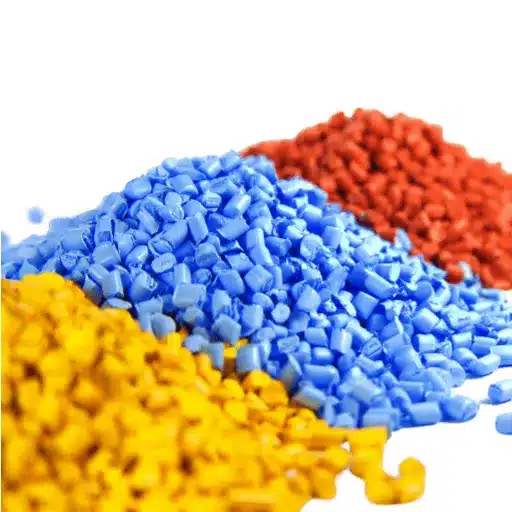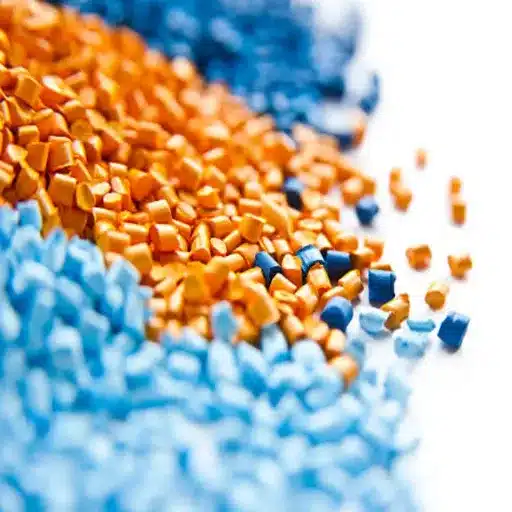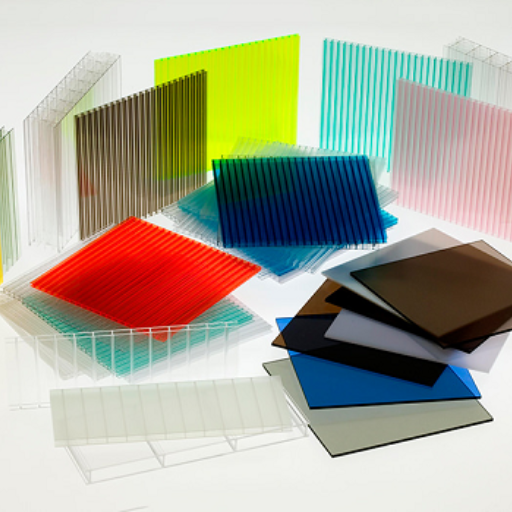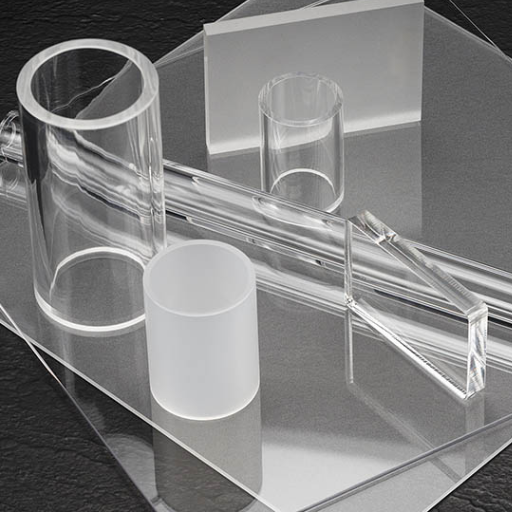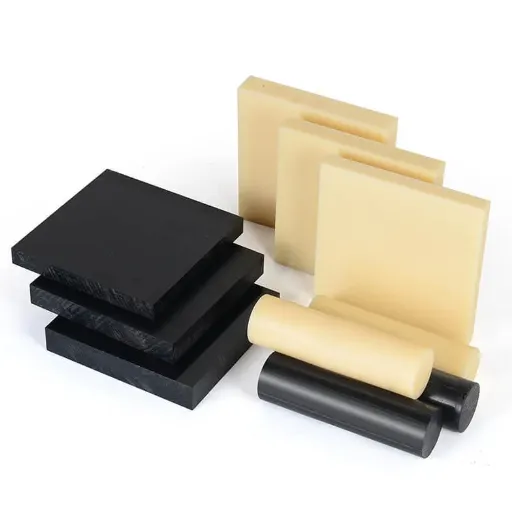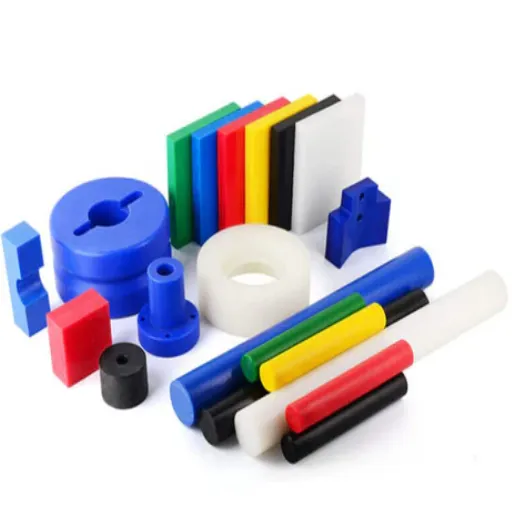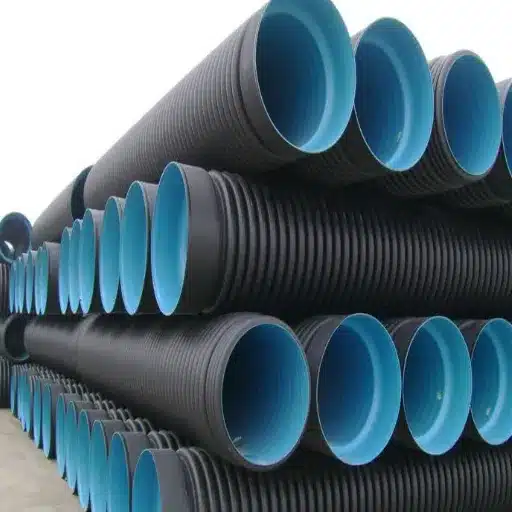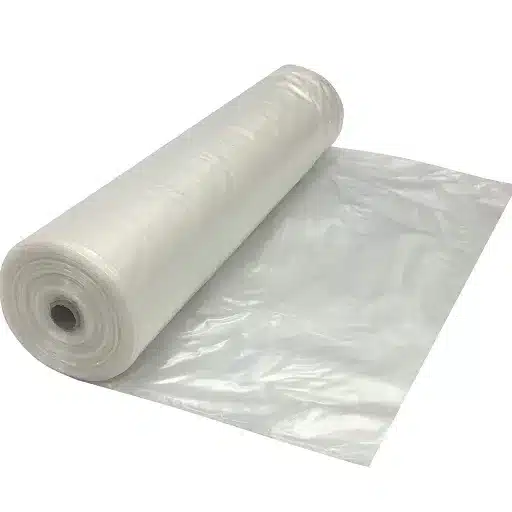Acrylonitrile Butadiene Styrene, commonly referred to as ABS, is a polymer that has impressed many industries with its strong, flexible, and durable qualities. From automotive parts and household devices to 3D printing and beyond, ABS is considered a material of choice for its distinct properties. This comprehensive guide takes you through the fascinating journey of ABS, revealing the science behind its makeup, the causes of its hardness, and why it remains one of the leading thermoplastics in modern manufacturing.
Definition of ABS Hardness
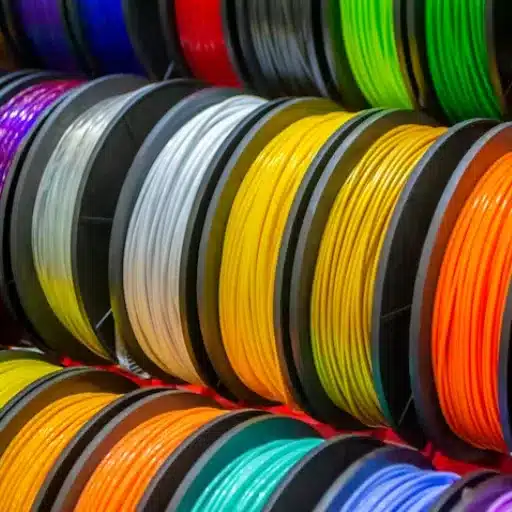
What is ABS?
Acrylonitrile Butadiene Styrene (ABS) is a thermoplastic polymer that is highly durable and versatile, making it extremely popular in many industries because of its excellent properties. It is produced by combining three monomers—acrylonitrile, butadiene, and styrene—through polymerization. The acrylonitrile component imparts chemical resistance and heat stability to the final product, while butadiene gives the polymer its toughness and impact resistance, and styrene allows the polymer to be processed easily while providing a shiny finish. ABS has very high mechanical strength, is lightweight, and can withstand significant impact, making it perfect for manufacturing automotive parts, consumer electronics, and household items. Furthermore, its ease of molding and flexibility enable it to meet a vast range of applications in present-day manufacturing.
🔬 ABS Composition Breakdown
- Acrylonitrile: Provides chemical resistance and heat stability
- Butadiene: Delivers toughness and impact resistance
- Styrene: Enables easy processing and glossy finish
Importance of Hardness in ABS Plastic
Hardness is one of the most critical properties of ABS plastic as it directly influences the performance and lifespan of the material in different applications. The hardness of ABS plastic provides resistance to wear, scratching, and surface damage, which is the major reason for using ABS in products that are frequently handled or used in abrasive environments like automotive dashboards and consumer electronics casings. The hardness of ABS plastic is one of the factors leading to the material’s capability to absorb impact without fracturing, which is particularly important in industries like construction and transportation. Moreover, recent discoveries show that advances in ABS formulation have enabled manufacturers to boost the hardness of ABS even further while maintaining flexibility, allowing the material to be used in more demanding applications. This capability makes ABS a necessary material in present-day manufacturing, providing manufacturers with a splendid mix of strength, longevity, and aesthetic appeal.
Relation Between Hardness and Durability
Hardness and durability are properties that are closely linked together in engineering and manufacturing materials. Hardness is defined as the resistance offered by a material against surface deformation caused by scratches or indentations, while durability is the ability of a material to withstand wear, pressure, or damage over time. Research results indicate that polymer science advancements, such as improved ABS formulations, are contributing factors to the fact that hardness can enhance effective durability when matched with adequate flexibility. For instance, automotive parts made of ABS plastics come with high resistance levels to impact and environmental wear because of this combination. However, if the hardness is excessive without sufficient flexibility, the plastic will become brittle, leading to a reduction in overall durability. Therefore, striving for a perfect combination of hardness and elasticity is the way to achieve the best material performance and lifespan in challenging applications.
Measurement Methods for ABS Hardness
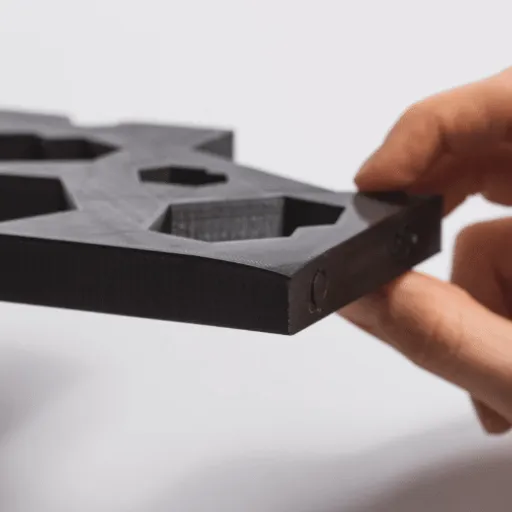
Rockwell Hardness Test
The Rockwell Hardness Test is often considered the most prevalent method for hardness measurement in ABS plastics, yielding reliable and consistent results. The method involves using either a steel or tungsten carbide ball that is pressed into the material’s surface under a predetermined load, and the depth of the resulting indentation is then measured. The result is expressed as a Rockwell hardness number, providing an indicator of the material’s capacity to resist deformation under stress. According to the most recent data, ABS plastics typically have Rockwell hardness values ranging from R95 to R120, depending on the composition and processing of the material. These hardness values correspond to ABS’s ability to balance strength and flexibility, making it suitable for a wide range of applications from automotive parts to consumer electronics. Rockwell values can serve as a guide for manufacturers in choosing the right ABS formulation for their particular needs.
📊 Key Statistics: ABS Hardness Values
- Rockwell Hardness Range: R95 to R120
- Shore D Hardness Range: 70 to 85
- Tensile Strength: 4,100 to 6,600 psi
- Flexural Modulus: 2,000 to 2,600 MPa
Shore Hardness Test
The Shore Hardness Test is regarded as the second most important method of hardness measurement widely used among materials, particularly polymers, elastomers, and rubbers. The resistance of the material to indentation is measured with the help of a durometer in this test. The Shore hardness is separated into different scales for measurement, and the most frequently used ones for plastics are Shore A and Shore D. Shore A collects data on soft materials like rubber, while Shore D deals with hard materials like rigid ABS plastics.
Based on combined data from various reliable sources, ABS plastic is generally presented with a Shore D hardness rating of 70 to 85, with the exact number depending on the particular formulation and processing conditions. This range indicates its versatility in applications, since the material can be made rigid enough for structural uses but still possess some flexibility that helps withstand impacts. The use of Rockwell and Shore hardness tests together enables manufacturers to have a complete picture of ABS plastic properties and thus guarantee its performance for a wide range of applications.
Comparison of Measurement Techniques
The comparison of Rockwell and Shore hardness tests shows that each technique has its own merits and the choice of method depends on the specific requirements and the nature of the material being tested. The Rockwell hardness tester uses a constant load to measure exact depth of penetration, making it highly suitable for ABS plastic with uniform properties throughout that requires rigid evaluation. At the same time, the Shore hardness tester measures surface resistance with the indenter being used on various materials showing different levels of flexibility or elastic behavior.
Recent findings suggest that relying on both techniques simultaneously greatly increases the validity of the results, especially for materials such as ABS, whose characteristics are complex because they have a delicate combination of strength and flexibility. By comparing the values obtained from the two methods, manufacturers will be in a better position to anticipate the performance of the material in practical applications. This dual strategy is consistent with industry best practices and encourages the creation of flexible, long-lasting plastics designed specifically to meet certain requirements.
| Test Method | Measurement Type | ABS Range | Best For |
|---|---|---|---|
| Rockwell | Depth of penetration | R95 – R120 | Uniform materials, rigid evaluation |
| Shore D | Surface resistance | 70 – 85 | Materials with varying flexibility |
Mechanical Properties of ABS
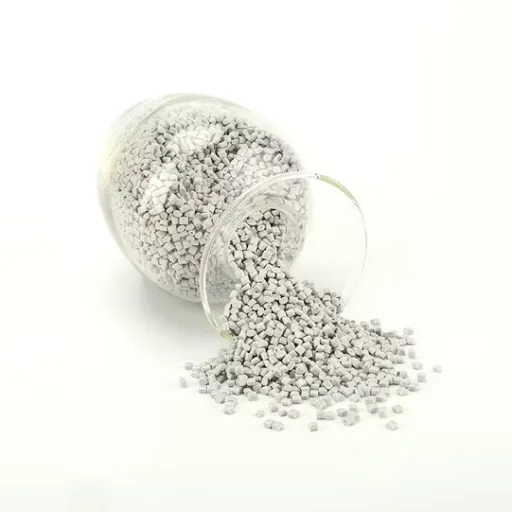
Impact Resistance
ABS (Acrylonitrile Butadiene Styrene) is recognized as a leader in impact-resistant plastics and is therefore the material of choice in all durability-demanding industries. Its toughness comes from its unique polymer structure that mixes strength and elasticity in such an effective way that energy is absorbed without breaking. Recent findings indicate that ABS performs better than ever, even at the lowest temperatures where many materials break easily. In addition, its impact resistance is achieved through the use of additives or modifiers, and thus ABS can be tailored for specific applications such as automotive parts, consumer electronics, and protective equipment. This versatility guarantees that the plastic remains the leader in areas of engineering and manufacturing where toughness is essential.
Tensile Strength
Tensile strength refers to the maximum stress a material can withstand while being stretched or pulled before breaking. The tensile strength of ABS plastic is impressive and generally ranges from 4,100 to 6,600 psi, depending on the composition and whether or not it has been modified with additives. Recent findings confirm that such high strength makes ABS perfect for applications needing strong and long-lasting materials that can withstand mechanical stresses without changing shape or breaking. Its dependability in stretching situations and its resistance to impacts are the reasons that ABS is a frequent choice in the automotive, construction, and consumer goods manufacturing sectors.
Flexural Modulus
The flexural modulus of ABS (Acrylonitrile Butadiene Styrene) is a measure of its resistance to bending—that is, its stiffness when subjected to bending forces. It usually varies from 2,000 to 2,600 MPa, depending on the specific formulation and manufacturing process. This characteristic allows ABS to be used in the production of components that have to hold up under pressure or stress caused by movement. Besides that, up-to-date data confirms that plastics perform remarkably well in areas such as car interiors, electronic device casings, and structural frames, where the demands are for both toughness and flexibility.
⚡ Mechanical Properties Summary
- Superior Impact Resistance: Exceptional energy absorption without fracturing
- High Tensile Strength: 4,100 to 6,600 psi for demanding applications
- Excellent Flexural Modulus: 2,000 to 2,600 MPa for structural integrity
- Low-Temperature Performance: Maintains properties in extreme cold
Applications of ABS Plastic
Automotive Industry Uses
The automotive industry makes extensive use of ABS plastic, which is known for its strength, versatility, and lightness. This material is mainly used for the production of interior parts like dashboard panels, door trims, and center consoles which are both durable and pleasing to the eye. Moreover, ABS plastic is used for parts that are exposed to the exterior of the car, such as mirror housings and protective covers, where its ability to resist impact is very important. Recent statistics indicate that the trend among manufacturers is to use ABS more and more for making lightweight components, and the ease of molding further adds to the cost-effective production of complex shapes, giving birth to modern automobile designs.
🚗 Automotive Applications Guide
- Dashboard panels and instrument clusters
- Door trims and interior paneling
- Center consoles and cup holders
- Mirror housings and exterior trim
- Protective covers and guards
- Ventilation grilles and air vents
Consumer Electronics and ABS Components
The consumer electronics industry relies heavily on ABS plastic due to its qualities like durability, cost-effectiveness, and versatility. This material is used extensively in making casings for different electronic devices like smartphones, laptops, and gaming consoles, as well as in parts which require high resistance to impacts and thermal stability. Recent data indicates that consumers are becoming increasingly interested in eco-friendly alternatives and sustainable practices related to the usage of ABS. This reflects a larger trend in the consumer base that is concerned about the environment and is pushing manufacturers to come up with new ideas that involve either recyclable or modified ABS materials. The combination of toughness and flexibility guarantees that ABS will continue to be a key player in the development and manufacturing of next-generation electronic devices.
3D Printing with ABS
3D printing with ABS has become a go-to method due to its robustness, durability, and versatility, which makes it suitable for creating strong prototypes and parts for everyday use. Recent search patterns reveal that users are looking for ways to blend eco-friendly practices with 3D printing using ABS. This often triggers the inquiry: “What is the sustainable way of using ABS in 3D printing?”
The answer is that both manufacturers and hobbyists are coming up with inventive ideas like using recycled ABS filaments or mixing ABS with biodegradable materials to reduce waste. Moreover, the development of modified ABS that preserves its mechanical properties while being more eco-friendly is one of many commitments made by the 3D printing community towards a greener way of producing parts.
💡 3D Printing Best Practices
- Temperature Control: Maintain extrusion temperature between 210°C and 250°C
- Heated Bed: Keep bed temperature at 80°C to 110°C to prevent warping
- Enclosed Chamber: Use enclosed printing chambers for temperature stability
- Sustainable Options: Consider recycled ABS filaments
- Layer Adhesion: Optimize cooling to improve layer bonding
Factors Affecting ABS Hardness

Processing Conditions
ABS hardness is, to a large extent, determined by the conditions under which it is processed, both in manufacturing and when 3D printed. The quality of extrusion, the speed of cooling, and the strength of layer adhesion are among the main factors that affect the mechanical characteristics of the material. Generally, higher extrusion temperatures improve flow and bonding between layers—increasing overall hardness—but the risk of warping exists if not controlled properly. On the other hand, rapid cooling may lead to brittle behavior due to the creation of internal stresses.
Recent data indicates that maintaining consistent printing temperatures (usually between 210°C and 250°C) and keeping a heated bed at 80°C to 110°C can help achieve maximum hardness for ABS. Moreover, the use of enclosed printing chambers and calibrated cooling systems has made it possible to reduce conditions that cause instability, thus producing material with better uniformity. Manufacturers can improve the reliability and longevity of ABS products through perfecting these processing conditions.
Influence of Additives
Additives are very important when it comes to changing and improving the properties of ABS, making it able to serve different industrial sectors. According to recent data, additives such as plasticizers, stabilizers, and reinforcements can be employed based on the particular qualities desired in the product, including flexibility, heat resistance, and strength. For instance, if glass fibers are added to ABS, its tensile strength increases tremendously, making it perfect for very demanding applications. Likewise, flame retardant additives impart fire resistance, which is crucial for electrical and automotive industry safety. When optimal printing conditions are observed, these additives not only enhance material uniformity but also increase the versatility of ABS in various applications. Therefore, the careful selection and proportion of additives are the factors that determine the quality and functionality of ABS products.
| Additive Type | Purpose | Application Benefit |
|---|---|---|
| Glass Fibers | Increase tensile strength | Demanding structural applications |
| Flame Retardants | Impart fire resistance | Electrical and automotive safety |
| Plasticizers | Enhance flexibility | Products requiring impact absorption |
| Heat Stabilizers | Improve thermal stability | High-temperature environments |
Temperature Effects on Hardness
One factor that significantly affects the hardness of ABS (Acrylonitrile Butadiene Styrene) is temperature. When heated, the polymer structure becomes less rigid and softer as a result of weakened intermolecular forces, leading to reduced hardness. The opposite happens when the temperature is low—ABS gets brittle and can even crack if subjected to mechanical forces. Today’s research and data recommend that temperature control during plant operations is absolutely essential for ABS to maintain its balance of toughness and flexibility. Environmental extremes, for instance in the automotive industry with high-temperature interior parts or low-temperature outdoor components, demand specialized and consistent formulations that will not be affected by temperature fluctuations, ensuring performance is at its best. This means that ABS products should be designed and their applications should be based on the temperature factor.
🌡️ Factors to Consider for Optimal ABS Hardness
- Processing Temperature: Maintain 210°C to 250°C for consistent results
- Cooling Rate: Control cooling speed to prevent internal stresses
- Additive Selection: Choose appropriate modifiers for desired properties
- Environmental Conditions: Account for operating temperature range
- Layer Adhesion: Ensure proper bonding in manufacturing processes
- Material Formulation: Select ABS grade appropriate for application
Frequently Asked Questions (FAQ)
What are the mechanical properties of ABS plastic?
The mechanical properties of ABS plastic are acknowledged by the plastics industry as excellent, with lists of these properties including high impact resistance, ductility, and good stability. It is a copolymer of acrylonitrile, butadiene, and styrene, which makes the material very easy to machine and process. This property of ABS has made it a versatile plastic widely used in many different industries, from consumer products to electronic devices. Besides, its excellent impact resistance allows it to bear physical stress, and hence it is used for making items like computer keyboards and LEGO bricks. The exact properties might differ according to the grade of ABS used, where some formulations are made for advanced performance in harsh environments.
How do processing conditions affect the properties of ABS?
Processing conditions have a very significant impact on the properties of ABS. The temperature, pressure, and cooling rate during the injection molding process are factors that can make a substantial difference in the final characteristics of the material. Proper and well-regulated processing can have a positive effect on the impact resistance and overall mechanical properties of ABS parts. For instance, using high temperatures can enhance flow but may reduce the ductility of the material. The addition of additives and heat stabilizers during manufacturing can help further improve the thermal stability and performance of ABS in different applications, such as the production of nebulizers and electronic enclosures.
What is the significance of the impact strength of ABS material properties?
The impact strength of ABS material properties has great significance because it measures the ability of the material to absorb energy during sudden impacts without fracturing. This aspect is crucial for applications where the toughness of the material is the main concern, such as refrigerator liners and electronic devices requiring protective casings. High impact strength of ABS indicates the material can retain its properties after being subjected to intensive use and aggressive handling, making it suitable for use in both consumer products and as an industrial component. Engineers and designers often consider this property as one of the most important factors when selecting materials, thereby ensuring that the final product can withstand real-world conditions without failure. Moreover, good impact resistance is one of the factors that contribute to ABS parts’ durability and reliability.
How is ABS commonly used in electronics applications?
Due to its excellent insulating properties and durability, ABS is popularly utilized in the electronics sector. It is frequently used for electronic housings, the manufacture of keyboard keycaps, and various parts that necessitate strong protection from environmental elements. The property of the material to be easily molded and machined aids manufacturers in producing complex designs that are made specifically for different electronic devices. Furthermore, the mixture of acrylonitrile and styrene provides a very good balance of strength and flexibility, making it suitable for applications where both qualities are required. Besides, with its high impact resistance and UV protection, ABS guarantees electronic products a long life and consistent performance even in varied conditions.
What are the grades of ABS and their specific properties?
ABS grades have a very large range, with each one being tailored for its own application and performance criteria. These grades include standard ABS, which has good strength and easy machining, and high-impact ABS, which has been specifically designed to last long and resist various forms of damage. Some formulations involve the addition of certain materials that not only help in increasing UV resistance but also enhance thermal stability, making them suitable for outdoor applications. It is very important for engineers and product designers to have a clear understanding of the specific properties of each grade while choosing the right material for their projects. Whether for consumer products, electronic enclosures, or even components used in medical devices like nebulizers, the selection of ABS grade can considerably influence the performance and lifetime of the final product.
📚 Reference Sources
PubMed Central (PMC): A comprehensive study examining the mechanical properties of ABS, including hardness values for different 3D printing technologies like FDM, SLA, and DLP.
Source: A Comprehensive Mechanical Examination of ABS and ABS-like Materials
PubMed Central (PMC): Research on the mechanical and optical properties of ABS materials, providing insights into their performance under various conditions.
Source: Investigation of the Mechanical and Optical Properties of ABS
EPA HERO Database: A study on ABS-zinc ferrite composites, highlighting a significant increase in hardness and other mechanical properties.
Source: Effect of Different Filler Content of ABS-Zinc Ferrite Composites
🎯 Key Takeaways
| Property | Value/Range | Significance |
|---|---|---|
| Rockwell Hardness | R95 – R120 | Balances strength and flexibility |
| Shore D Hardness | 70 – 85 | Indicates surface resistance |
| Tensile Strength | 4,100 – 6,600 psi | High stress tolerance |
| Flexural Modulus | 2,000 – 2,600 MPa | Bending resistance |
| Processing Temp | 210°C – 250°C | Optimal for 3D printing |
| Heated Bed Temp | 80°C – 110°C | Prevents warping |
✓ Best Practices Checklist
- ✓ Select appropriate ABS grade based on application requirements
- ✓ Maintain consistent processing temperatures for optimal hardness
- ✓ Use enclosed chambers for 3D printing to reduce warping
- ✓ Consider temperature range of end-use environment
- ✓ Utilize both Rockwell and Shore tests for comprehensive evaluation
- ✓ Incorporate appropriate additives for enhanced properties
- ✓ Control cooling rates to prevent internal stresses
- ✓ Consider sustainable options like recycled ABS filaments
🌟 Conclusion
ABS (Acrylonitrile Butadiene Styrene) has firmly established itself as one of the most versatile and reliable thermoplastics in modern manufacturing. Its exceptional combination of hardness, impact resistance, and ease of processing makes it indispensable across industries ranging from automotive and consumer electronics to 3D printing and construction. Understanding the factors that influence ABS hardness—including processing conditions, additives, and temperature effects—is crucial for optimizing its performance in specific applications. As technology advances and sustainability becomes increasingly important, ABS continues to evolve with the development of eco-friendly formulations and recycled options. Whether you’re an engineer, product designer, or manufacturer, mastering the properties and applications of ABS plastic will enable you to create durable, cost-effective, and high-performance products that meet the demands of today’s competitive marketplace. The future of ABS remains bright, with ongoing innovations expanding its capabilities and ensuring its continued relevance in the materials science landscape.







